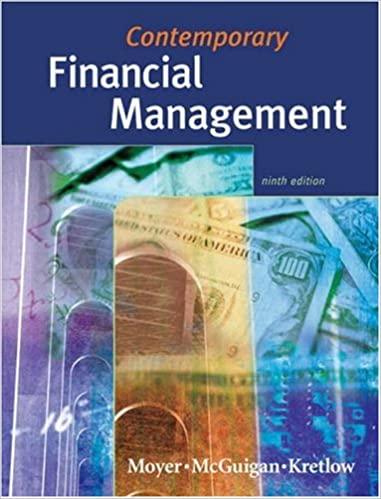
(b) A 1-1 matched control study was undertaken among women to investigate the effect of oestrogens on the risk of endometrial cancer. The investigators identified 63 cases of endometrial cancer occurring in a retirement community near Los Angeles, California (USA), from 1971 to 1975. Exposure is considered as 'ever having taken any oestrogen'. Each case was matched to a single control: each control was living in the community at the time the case was diagnosed, born within one year of the case, had the same marital status as the case, and entered the community at approximately the same time as the case. The 63 cases were then matched to a further three controls each (so four controls altogether each). The oestrogen amount (in mg/day) was recorded for 59 of the cases and 248 of the controls (the oestrogen amount for the remaining women in the study was unknown). The results are presented in Table 5. Table 5 Oestrogen dose and endometrial cancer Oestrogen dose Cases Controls 0.626+ 16 0.3 0.625 15 41 0.1-0.299 45 None 143 19 16 12 Total 59 248 (i) Without using SPSS, calculate the dose-specific odds ratios for the association between oestrogen exposure and endometrial cancer, relative to the oestrogen dose 'None'. (ii) The SPSS file endometrial-cancer.sav contains the data in Table 5. Open this file and carry out the chi-squared test for no linear trend between the dose of oestrogen and the risk of endometrial cancer. Report the test statistic and the p value. What do you conclude about the presence of a dose-response relationship? (iii) Summarize and interpret your results. (b) A 1-1 matched control study was undertaken among women to investigate the effect of oestrogens on the risk of endometrial cancer. The investigators identified 63 cases of endometrial cancer occurring in a retirement community near Los Angeles, California (USA), from 1971 to 1975. Exposure is considered as 'ever having taken any oestrogen'. Each case was matched to a single control: each control was living in the community at the time the case was diagnosed, born within one year of the case, had the same marital status as the case, and entered the community at approximately the same time as the case. The 63 cases were then matched to a further three controls each (so four controls altogether each). The oestrogen amount (in mg/day) was recorded for 59 of the cases and 248 of the controls (the oestrogen amount for the remaining women in the study was unknown). The results are presented in Table 5. Table 5 Oestrogen dose and endometrial cancer Oestrogen dose Cases Controls 0.626+ 16 0.3 0.625 15 41 0.1-0.299 45 None 143 19 16 12 Total 59 248 (i) Without using SPSS, calculate the dose-specific odds ratios for the association between oestrogen exposure and endometrial cancer, relative to the oestrogen dose 'None'. (ii) The SPSS file endometrial-cancer.sav contains the data in Table 5. Open this file and carry out the chi-squared test for no linear trend between the dose of oestrogen and the risk of endometrial cancer. Report the test statistic and the p value. What do you conclude about the presence of a dose-response relationship? (iii) Summarize and interpret your results







